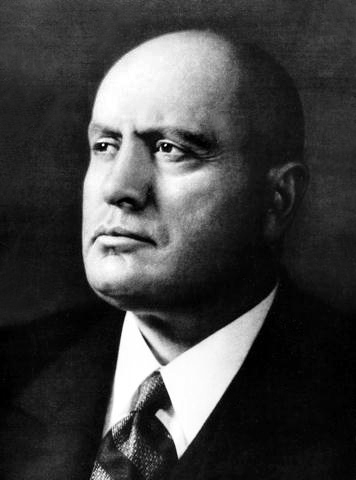Before the second world war realigned European borders, WWI brought devastating destruction to much of Europe. The casualties were such a shock to citizens and soldiers that it is sometimes called the Great War, the war to end all wars. It was hoped the Treaty of Versailles and the end of WWI would mean peace for the foreseeable future.
However, European governments and citizens didn’t realize that men like Benito Mussolini and Adolf Hitler were young men fighting on the losing side. Consequently, Mussolini and Hitler brought fascist ideology back to Italy and Germany, where both men would work within their own governments to eventually gain power.
Mussolini’s Strategic Position
When Benito Mussolini returned to Italy after WWI, his rhetoric and outspokenness about the Italian government eventually helped his National Fascist Party gain power. He was quite literally in the right place at the right time as street gangs and local paramilitary groups tried to take power amid the social unrest in Italian streets. By 1921, Mussolini was the leader of his party as they slowly consolidated power.
A Fascist Dictator Emerges
On January 3, 1925, Benito Mussolini had enough power to dissolve the Italian Parliament and pick himself as Italy’s ruler.
One of the main drivers of fascist ideology is social turmoil, particularly among young people. While Mussolini adjusted to his new dictatorship, that social unrest that was there before WWI festered in Italy and elsewhere.
Italian leadership under Mussolini formed the Squadristi (Blackshirts) to keep people in line. However, like Germany and Japan, Italy had to surrender at the end of WW2, putting an end to Mussolini’s hold on power.

